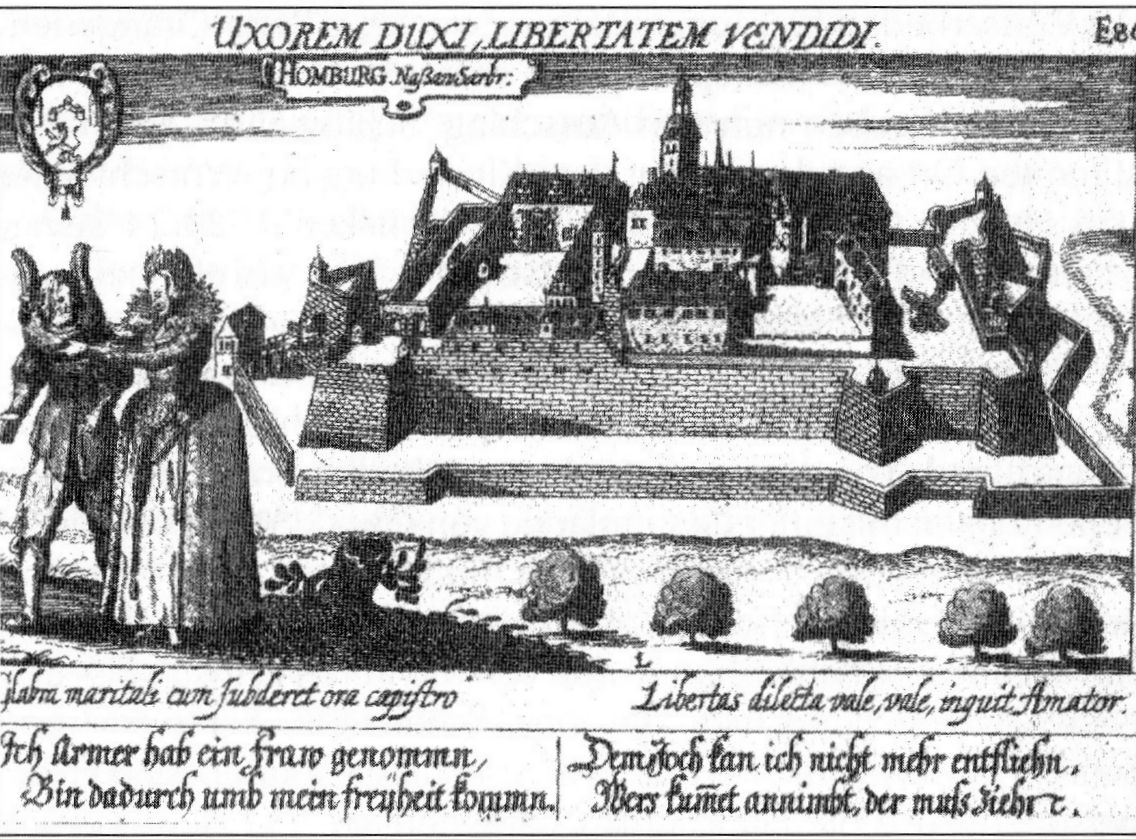|
Jägersburg
Jägersburg (in Dialect ''Järschborch'' or ''Jächersburch'') is a district of Homburg in the Saar-Palatinate (Saarpfalz) district, Germany Germany,, officially the Federal Republic of Germany, is a country in Central Europe. It is the second most populous country in Europe after Russia, and the most populous member state of the European Union. Germany is situated betwe .... Until End 1973 was Jägersburg an independent municipality in the former Homburg district. Jägersburg has many lakes and ponds. The 3 lakes are the Möhlwoog (7,4 ha), the Brückweiher (7,09 ha) and the Schloßweiher (Castle lake) (1,71 ha). Geography The districts Altbreitenfelderhof and Websweiler are parts of Jägersburg. As of 1 August 2021, the village Jägersburg has 2,704 inhabitants, Altbreitenfelderhof 115 and Websweiler 269. Transport Jägersburg is served by the federal highway B 423. Jägersburg has an old train station. References Homburg, Saarland {{Saarland ... [...More Info...] [...Related Items...] OR: [Wikipedia] [Google] [Baidu] |
Homburg (Saar)
Homburg (; french: Hombourg, pfl, Humborch) is a town in Saarland, Germany and the administrative seat of the Saarpfalz district. With a population of 43,029 inhabitants (2022), it is the third largest town in the state. The city offers over 30,000 workplaces. The medical department of the University of Saarland is situated here. The city is also home to the Karlsberg beer brewery. Major employers include Robert Bosch GmbH, Schaeffler Group and Michelin. Geography Homburg is located in the northern part of the Saarpfalz district, bordering Rhineland-Palatinate. It is 16 km from Neunkirchen and 36 km from Saarbrücken. The city districts are situated in the Blies valley or on its tributaries Erbach, Lambsbach and Schwarzbach. Homburg is composed of Homburg center and nine city districts: Beeden, Bruchhof-Sanddorf, Einöd, Erbach, Jägersburg, Kirrberg, Reiskirchen, Schwarzenbach and Wörschweiler. Einöd includes: Einöd, Ingweiler and Schwarzenacker; J ... [...More Info...] [...Related Items...] OR: [Wikipedia] [Google] [Baidu] |
Saarpfalz-Kreis
Saarpfalz (''Saar-Palatinate'') is a Kreis (district) in the south-east of the Saarland, Germany. Neighboring districts are (from west clockwise) Saarbrücken, Neunkirchen, Kusel, Kaiserslautern, Südwestpfalz, district-free Zweibrücken, and the French ''département'' Moselle. History After the Treaty of Versailles, the Saar basin was placed under the administration of the League of Nations for 15 years. The Palatinate area, then part of Bavaria, was therefore split in two parts. The part which went into the Saar became commonly known as Saarpfalz, and was administrated by the two ''Bezirksamt'' St. Ingbert and Homburg. The Saarpfalz district was created in 1974 when the St. Ingbert and Homburg districts were merged. Since 1997 the district has had a partnership with Henrico County, Virginia. Coat of arms The lion in the top left is the symbol of the Palatinate (Pfalz), the cross in the top right is the symbol of Trier, both owned a large part of the district in the past. The ... [...More Info...] [...Related Items...] OR: [Wikipedia] [Google] [Baidu] |
Germany
Germany,, officially the Federal Republic of Germany, is a country in Central Europe. It is the second most populous country in Europe after Russia, and the most populous member state of the European Union. Germany is situated between the Baltic and North seas to the north, and the Alps to the south; it covers an area of , with a population of almost 84 million within its 16 constituent states. Germany borders Denmark to the north, Poland and the Czech Republic to the east, Austria and Switzerland to the south, and France, Luxembourg, Belgium, and the Netherlands to the west. The nation's capital and most populous city is Berlin and its financial centre is Frankfurt; the largest urban area is the Ruhr. Various Germanic tribes have inhabited the northern parts of modern Germany since classical antiquity. A region named Germania was documented before AD 100. In 962, the Kingdom of Germany formed the bulk of the Holy Roman Empire. During the 16th ce ... [...More Info...] [...Related Items...] OR: [Wikipedia] [Google] [Baidu] |
